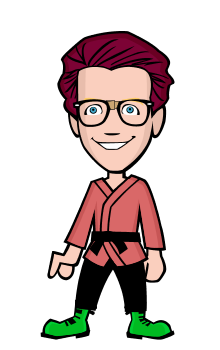*This blog was meant to go out 2 weeks ago!*
Sorry for the delay for people who read my blogs, I have been away working on new films and also entering film festivals.
I have not been teaching in the last two weeks, which has been a nice break to work on my films. This has not as such been a set shoot period or writing period but more of research and development time. In the last two weeks I have shot a number of tests and have some ideas now to put into a post production-testing phase. To help develop these tests into films.
Some of the tests may become films.
From the last blog I talked about my place for experimenting, my movement series of films.
To continue that here is a bit on my film Movement # 1 the film that started the series.
This film took about a two years to make, from capture to completion. It had its UK premiere at the Edinburgh International Film Festival. But showed the year before at Tirana International Film Festival in Albania and Namur 10 by 10 Film Festival in Belgium.
The film was shot on location in New York, on the subway. This was not a planned shoot with a big crew or a film made with permissions. I was simply a tourist in New York. Who on the subway happened to see some interesting colours, images and lights, and decided to film them. That was it!
Of course that wasn’t it, it took me the next year to decide what to do with it.
Over the time of my filmmaking I have tended to call this process a backwards process. Though I cant take credit to this term that goes to one of my students Alex Haworth who made this interesting short with that process back in 2009
Trance from Media (Film) Production Awards on Vimeo.
Backwards filmmaking is shooting something you find vaguely interesting, and then coming up with what it is all about afterwards.
I do this allot, but to be warned it takes allot of time and imagination to make this way work. It does work though and can free up the filmmaker from writers block or anything else stopping them going out and making the film.
This way of working also has its heart I feel in non-fiction/doc filmmaking when you can be faced with not knowing what you going to be getting from your filming.
So I had these interesting shots shot on a New York subway. For the next year I experimented with what to do with them, this involved using final cut pro like a painter would use a canvas. I put the images on the screen in a variety of forms. I knew that the images couldn't just stay on screen in their original format; they had to be cropped, pushed and pulled to create a better aesthetic for the audience.
For me the cinema is a key platform for my work, the large screen the loud sound is what my ego craves and what I work towards for allot of my films. Another part of cinema for me is film or film stock the feel and look of film cannot be beaten I have spent most of my filmmaking career trying to make films
On video that looks like film. Why film is too expensive? To do off your own back and commercial projects don’t pay enough to make it viable. It’s a shame because the time you take making video look like film could be saved by having it as film. The reason I state this now was the colours and video noise that I captured on that New York subway reminded me of 16mm film. And that is what drove the films ideas as I continued to make it.
Here is the facebook page for the movement series.
http://www.facebook.com/movement1
Here is the film again please watch it and ask any questions you may have on it.



